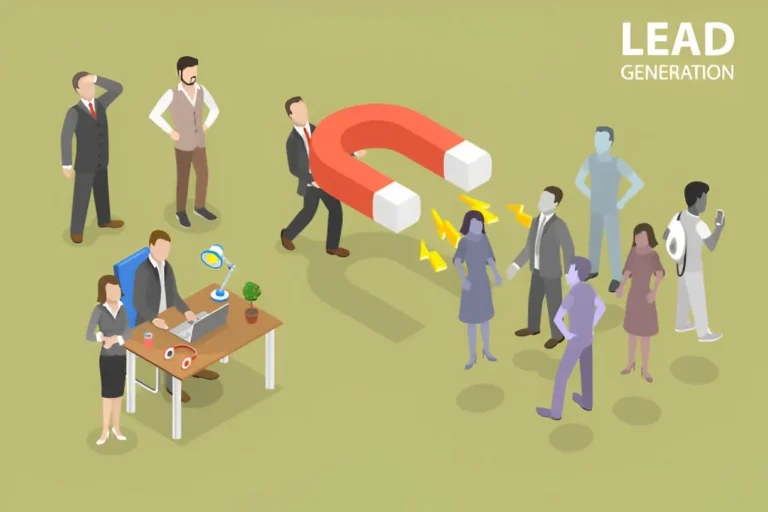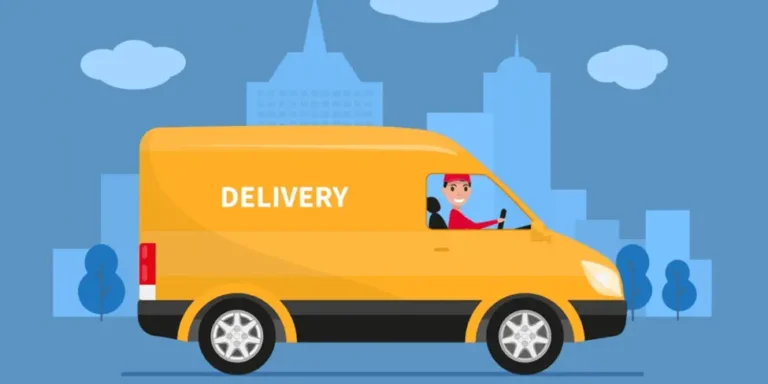Built for Change: The New Agency Blueprint
Why the Old Ways No Longer Work
The world doesn’t wait anymore. Everything from how we shop to how we consume content has accelerated. In this reality, the traditional agency model feels like a relic. Long timelines, rigid processes, and layers of approval just don’t cut it in an environment where change is constant and speed is currency.
For years, agencies were structured like assembly lines. One department handed work off to another, with little room for flexibility or spontaneous collaboration. But clients today expect faster, wiser, and more attuned to the shifting landscape. As industries pivot, so too must the agencies that support them.
The truth is, those who cling to yesterday’s playbook will find themselves outpaced and outdated. The need for a new blueprint isn’t optional, it’s survival.
Inside the New Blueprint: Adaptability as a Core Feature
So, what does the modern agency look like? Think less about structure and more about flow. The new agency isn’t a building or a team, it’s a mindset. One that’s built for change from the inside out.
Agencies that thrive today share some common threads:
Cross-Disciplinary Collaboration
The silos are out. The new blueprint prioritizes fluid teamwork across disciplines. Designers work side-by-side with strategists. Creatives are in the room with data analysts. Ideas spark in real-time, not via endless email chains.
This cross-pollination creates faster, more powerful campaigns that reflect the world’s complexity and it eliminates the lag between ideation and execution.
Agile Processes, Not Fixed Playbooks
Instead of rigid project timelines, modern agencies work in sprints. Feedback loops are built in. Testing happens early and often. This doesn’t mean chaos, it means being smart about iteration, optimizing as you go rather than locking into an outdated plan.
Being agile doesn’t just serve the client; it also benefits the organization. It energizes the team. When people can adapt and adjust without fighting a system, creativity thrives.
Culture That Embraces Change
It’s not enough to accept change the best agencies seek it. They’re curious. They ask more questions than they answer. They’re comfortable in ambiguity because they know that’s where the most meaningful ideas are born.
Change is built into their culture, not tacked on as an afterthought. This shift often begins with leadership, but it ultimately permeates every corner of the organization.
What It Means for Talent and Teams
The shift in agency design isn’t just about processes, it’s about people. The new agency is a magnet for multi-skilled, mission-driven individuals who don’t just “stay in their lane.” These are creatives who understand analytics, strategists who craft headlines, and account leads who foster culture.
In this environment, job titles start to matter less. What matters is curiosity, flexibility, and the ability to learn fast. If you’re hiring, you’re not just looking for experience, you’re looking for potential.
And if you’re part of a team that still works like it’s 2010? Click here. You might be missing the opportunity to do your best work.
Clients Want Partners, Not Vendors
Another major shift? Clients don’t just want agencies to “take the brief” anymore. They want collaboration. They want partners who challenge assumptions, who see around corners, and who co-create with them.
This means showing up differently. It means being proactive, not reactive. It means listening deeply and building solutions with clients, not for them.
Agencies that are built for change know this: The relationship is the product just as much as the campaign is.
Technology Is the Foundation, Not a Bonus
A modern blueprint includes technology at the ground level not as an afterthought. Tools for collaboration, real-time insights, automation, and creative production aren’t nice-to-haves; they’re core infrastructure.
But here’s the thing: technology alone doesn’t solve everything. It’s how people use it that makes the difference. The best agencies pair human instinct with machine efficiency. The goal isn’t to replace creativity, it’s to accelerate it.
Change Is the Only Constant So Build for It
We’re living in a time when change is no longer an interruption; it’s the norm. It’s the baseline. The agencies that are thriving aren’t the ones with the fanciest offices or the most polished decks. They’re the ones that know how to move. How to learn. How to adapt without losing their soul.
Being built for change doesn’t mean chaos. It means clarity. It means having a structure that is flexible enough to evolve and a culture that is strong enough to stay grounded while everything around you shifts.
It’s not easy work but it’s necessary work. And for those ready to embrace it, the possibilities are limitless.
Final Thought: Rewrite the Rules
If you’re still holding onto outdated ways of working, now’s the time to let go. The old blueprint served its purpose, but the game has changed. The tools are different. The audience is wiser. The pace is faster.
Start with your people. Reimagine your workflows. Challenge your comfort zones.
Because the future belongs to those who are built for change. And those who aren’t? They’ll get left behind.
Also Read-Boost Engagement and Retention with Instant Access Payroll Cards






